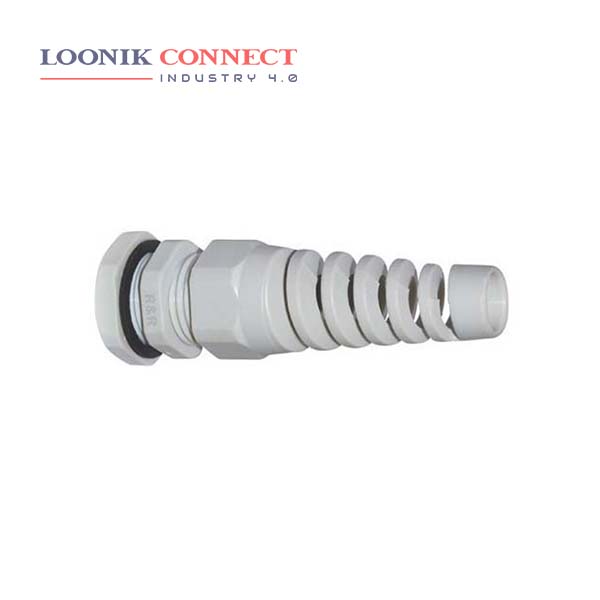By definition, a cable gland is considered a ‘mechanical cable entry device’. A cable gland is a device that attaches to the end of an electrical cable to secure it to a piece of equipment. Cable glands are also commonly referred to as cable connectors, cable fittings, cord grips, and cable strain reliefs. The main functions of the Cable Gland are to act as a sealing and terminating device to ensure the protection of electrical equipment and enclosures, including the provision of: Environmental protection – by sealing on the outer cable sheath, excluding dust and moisture from the electrical or instrument enclosure.
Cable connectors are often plastic glands used to protect the cable’s outer jacket. cable glands may be plastic or brass and feature an IP68-designated seal between the cable’s outer jacket and the gland. The type A3 cable strain relief is a variation of the gland.
Cable glands are made of various plastics, and steel, brass or aluminum for industrial usage. Glands intended to resist dripping water or water pressure will include synthetic rubber or other types of elastomer seals.










